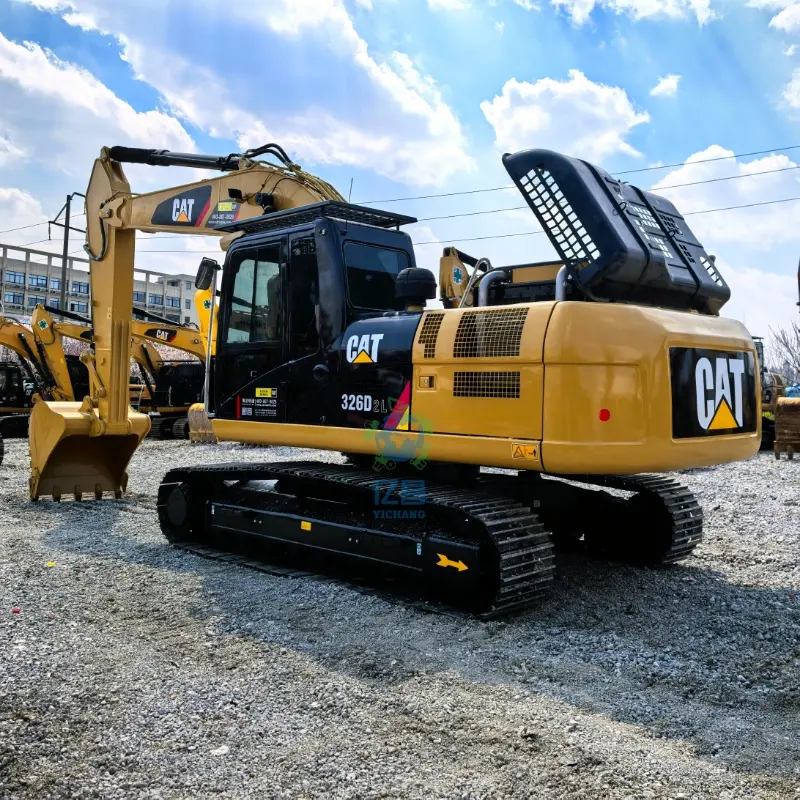How to determine the stability of a used excavator?
Release time: 2025-10-13
Used excavators are a common choice of equipment for construction projects and are highly sought after due to their low purchase cost. However, when purchasing a used excavator, it is crucial to determine its stable performance to ensure long-term efficiency and safety. Many buyers may overlook key details when selecting a used excavator, resulting in high repair costs. This article will explain how to determine the stability of a used excavator through multiple inspections, helping you make a more informed purchasing decision.
First, check the machine’s operating hours. Operating hours are a key criterion for evaluating the performance of a used excavator. They reflect its usage and wear. Generally speaking, higher operating hours indicate greater wear, so used excavators with fewer operating hours are generally more stable. However, it’s important to note that some excavators with fewer operating hours may have experienced malfunctions or component degradation during storage or idle time. Therefore, operating hours are only a guideline and should be combined with other inspections.
Second, check the condition of the engine and hydraulic system. These are core components of an excavator, and failure in either component can directly impact the overall performance of the machine. Start the excavator and observe the engine’s operation, listen for any unusual noises, and check the engine oil for cleanliness. The hydraulic system should be inspected for oil quality, level, and leaks. The performance of the hydraulic pump and the smooth operation of the cylinders are key indicators of hydraulic system stability.
Furthermore, conduct a comprehensive visual inspection. This can help identify potential problems, such as cracks, deformation, or signs of an accident. This is especially true for critical components like the bucket, tracks, and support arms; any abnormalities can lead to unstable equipment performance. By inspecting the machine’s overall appearance, you can initially determine whether there are any large-scale damage or signs of repair.
A test run is also crucial for evaluating performance. An on-site test run provides a direct understanding of the machine’s operating status. Observe the excavator’s smooth and stable movements, smooth operation, and timely response. During the test run, perform operations with varying loads to verify the machine’s ability to maintain stable operation under varying conditions. In particular, examine the hydraulic system’s responsiveness and force, its ability to quickly complete the excavation task, and any leaks or sluggish operation.
Furthermore, understanding the machine’s repair and maintenance history is crucial for determining stable performance. Understanding the excavator’s repair and maintenance history can help determine whether the equipment has undergone frequent repairs or replacement of critical components. Regular maintenance records demonstrate that the equipment is well maintained, while frequent breakdowns and overhauls may indicate significant equipment risks.
Finally, inspect the machine’s travel system. The travel system is the foundation of the excavator and is crucial to its operating efficiency and stability. Check the track wear and tension to ensure there are no severe wear or cracks. The stability of the travel system has a significant impact on the performance of the entire machine, especially during high-intensity operations.
To determine the stability of a used excavator, consider operating hours, the engine and hydraulic systems, appearance, test runs, and maintenance history. Through thorough inspection and hands-on evaluation, you can effectively avoid purchasing equipment with potential risks and ensure the value of your investment and the long-term stability of the equipment. If you have any questions or need professional assistance, please feel free to contact our used construction machinery experts.


